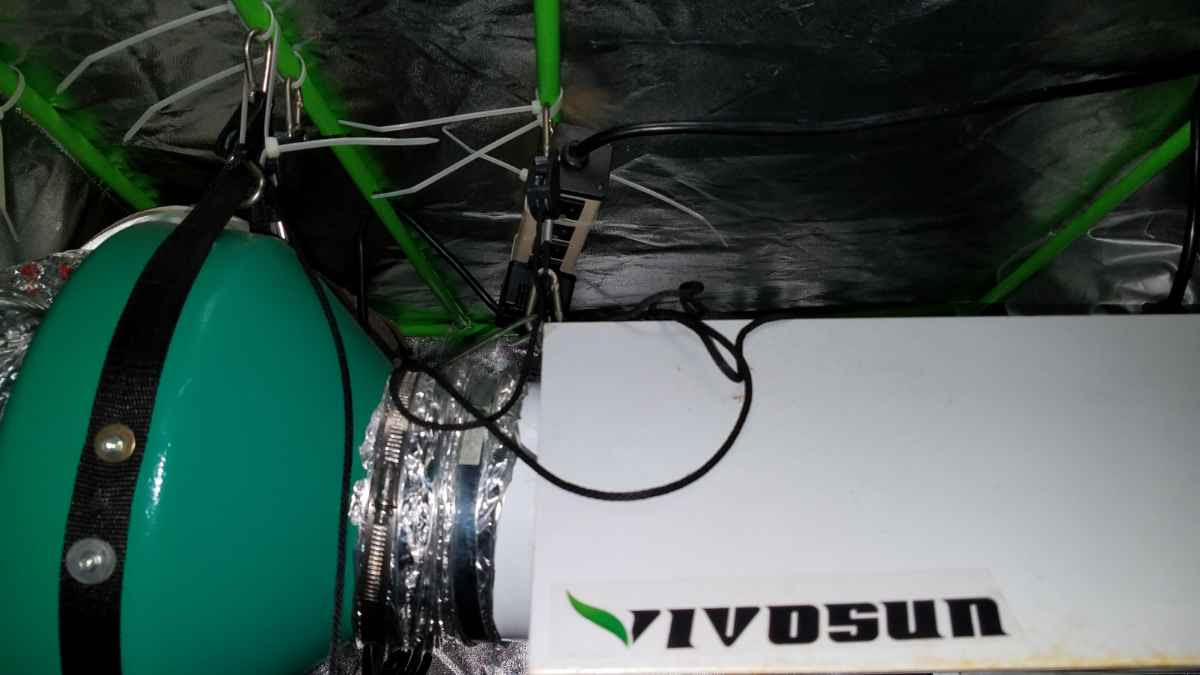Mate, I'm sorry if it seems we're ganging up on you. We're just trying (all of us) to explain to you why lumens (and luminous flux) have no real place in this argument, as well as the rationale behind light movers.
HPS should not be written off so easily and there are cases where it can penetrate deeper than LED – but perhaps not for the reasons you are thinking.
HPS emits a lot of green light. Green light penetrates the epidermis of plants to activate chloroplasts deeper within the leaf cell structure. These chloroplasts do not get activated as much by red and blue light, which do not penetrate through the leaf as effectively. Far Red light also penetrates the epidermis more effectively than red and blue light, and HPS also emits more Far Red than typical CRI70/80 white-phosphor LEDs that use a 450nm blue pump and are used in most LED horticultural fixtures (but not ours). These LEDs typically have little to no Far Red. Warm coloured CRI90-95 LEDs (2700-3000K etc) however, do emit similar amounts of Far Red.
This is all going somewhere – trust me.
Now plants are green, right? That doesn't mean they don't use green light. On the contrary! They photosynthesise it more efficiently. My (personal) theory is that is the reason why leaves are green: because they reflect the most efficient and abundant spectrum into the lower canopy, where fewer photons of green light can have the same photosynthetic value as more photons of red and blue light (that do not activate as many chloroplasts in the leaf).
So HPS can penetrate further by proxy – it produces more green light (and more far red light than typical LEDs) which is reflected deeper into the canopy. That is something that I think LED growers sometimes forget.
There are other reasons why HPS still performs well.
For the last 40 or so years cannabis has been selectively grown and bred under HPS. So any particular plant that performed well under HPS was bred from over successive generations. This means that cannabis has been selectively bred to perform well under HPS for decades. That will likely change as LEDs take over.
Another reason HPS can perform well is that is inefficient. WHAT?!? Yes, it produces more infrared heat than LED (converts more energy to heat than light compared to LED), but metabolic warmth is needed by all living things to speed up the organic processes (chemical reactions) of life. LED grows can suffer when there is not enough warmth – and cannabis especially needs warmth to thrive – so sometimes it is a good idea to throw a HPS or CMH lamp into a LED grow to increase ambient temperatures in the grow room/area. We even tell growers to do this if their rooms are too cold over winter.
All up, it is actually very hard to beat a HPS grow for overall yield where all the correct parameters are adhered to. That means having the optimum number of plants in the optimum area under the optimum amount of light with optimum nutrients and training. For any given area that has all these "optimum" levels, HPS can yield on par with LED.
HOWEVER! HPS will need around 50% more energy to do it, and the quality will never equal a UVA-enhanced LED fixture because there is not enough blue, violet and UVA light of higher energy to stress the plant into producing higher levels of secondary metabolitee (ie: cannabinoids).
So give HPS its due, but don't forget that it is 60-year-old technology that has been surpassed by LED technology that is only getting cheaper and more efficient by the day. HPS really has nowhere else to improve. Double-ended HPS may be better than single-ended fixtures, but that's about as good as it gets – or is likley to ever get – now that the world is switching to LED technology over HIDs.



